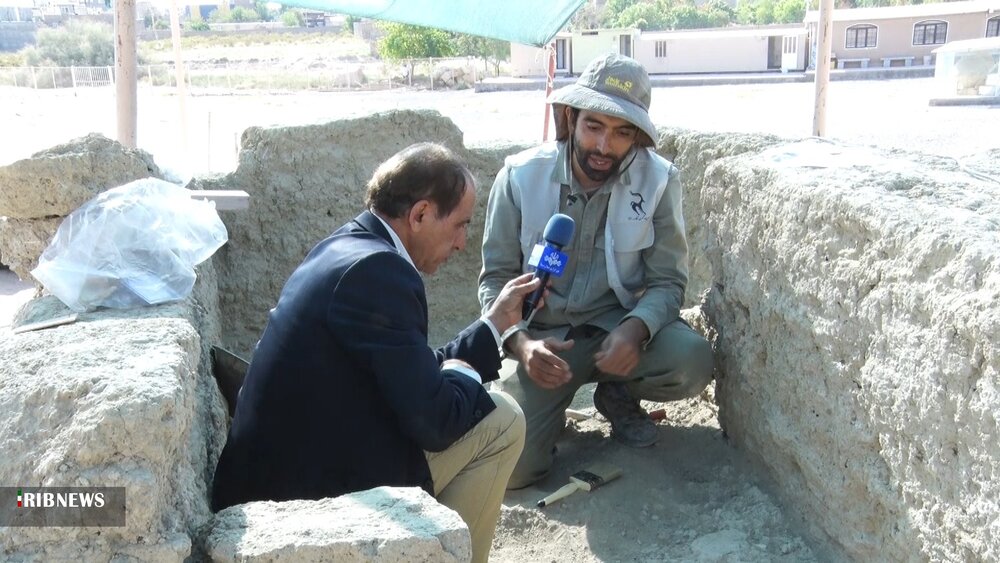INSUBCONTINENT EXCLUSIVE:
TEHRAN-- Archaeologists in central Iran have found the ruins of an early workshop for stone tools, which is estimated to date some 5,500
years.Archaeologists initially supposed they had found a little warehouse, but further investigations yielded the exiting of a workshop
committed to making stone artifacts, IRIB reported.The discovery was made in Tapeh Sialk ( Sialk Hills ), which is situated midway in
between Kashan and Fin in Isfahan province
Over the past decades, the archaeologically-rich website has actually yielded intriguing pottery pieces, metal tools, and domestic executes
made from stone, clay, and bone that date from as early as the 4th millennium BC.Last week, archaeologists excavating Sialk hills, made a
macabre discovery: a 5,700-year-old wall foundation containing the skeleton of a baby.Late in August, archaeologists commenced operate in a
bid to discover 6,000-year-old ruins and antiques in Sialk, which was when the website of a fortified town near modern-day Kashan in central
Iran.Experts think that Sialk is a gold mine of info about diverse topics such as palaeobotany, palaeozoology, palaeoanatomy, diet, climate
change, and ancient metallurgy.In 2019, the Louvre museum hosted assisted in an around the world event on Tapeh Sialk ( Sialk hills ), which
was participated in by archaeologists from Germany, England, France and Iran
According to Louvre, the occasion was aimed to cast a brand-new light on the ancient website some 80 years after its first excavation to lay
an opportunity to present to the general public the variety of research study and tasks, as well as existing problems of conservation and
improvement of the site.As per the Louver, the earliest levels record the occupation of the Iranian plateau from the Neolithic to the
Chololithic over more than two centuries
Then, around 3000 BC, the website is incorporated into the large cultural area called Proto-Elamite, during which particular writing
appears.Afterward, during the Iron Age, the neighborhood culture, dealt with by completely painted ceramics, is most popular through the
revealing of necropolises
This culture, which appeared new in the region, has long been identified with the Medes and fueled the dispute over the arrival of brand-new
populations speaking Iranian languages from which comes modern Persian.A few exhuming jobs at the website have up until now been directed,
starting with a 1933 French Louvre delegation led by Roman Ghirshman; capping with a newest job in 2009, which was led by Hassan
Fazeli-Nashli, a faculty member of the Archaeology Department, University of Tehran.AM

